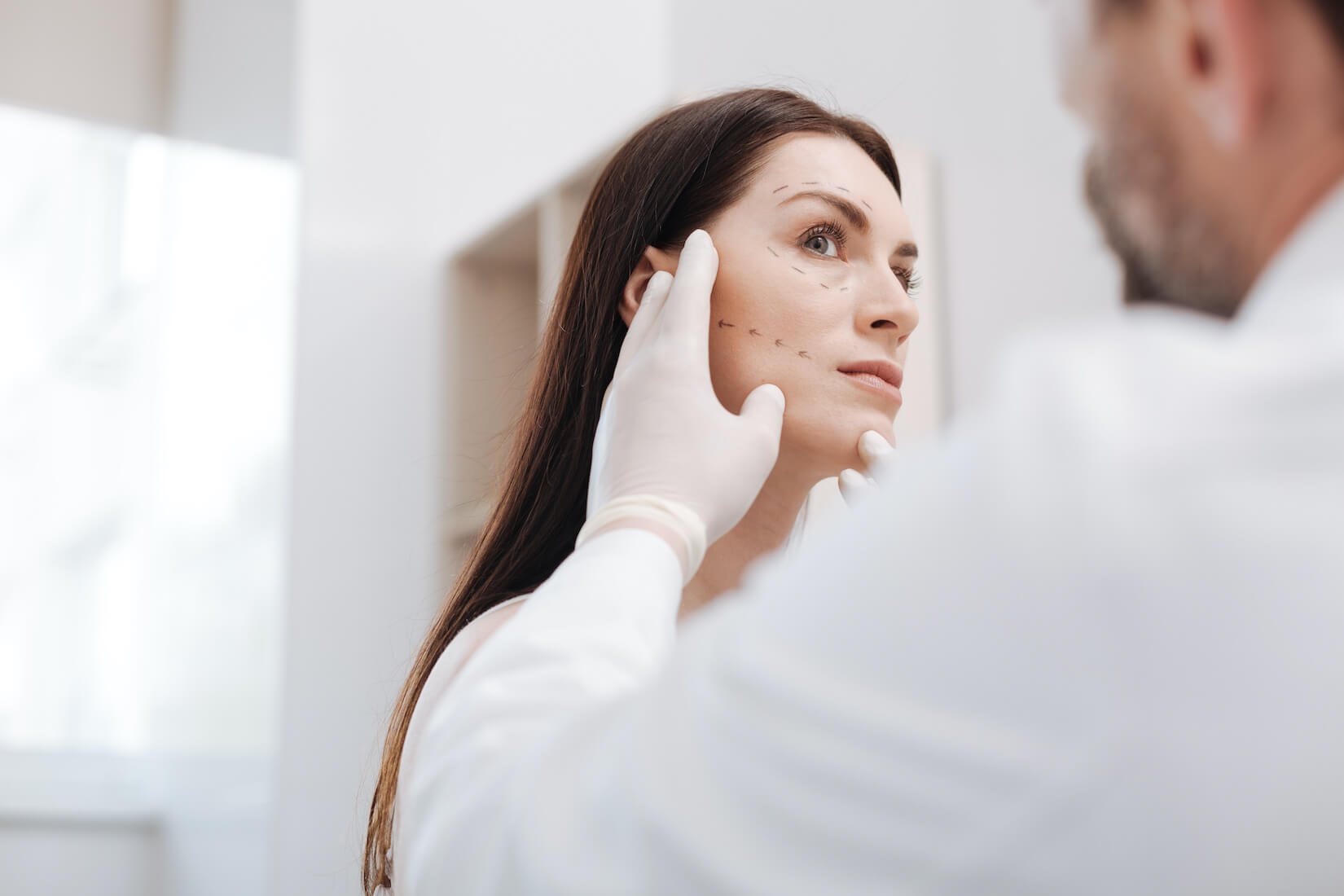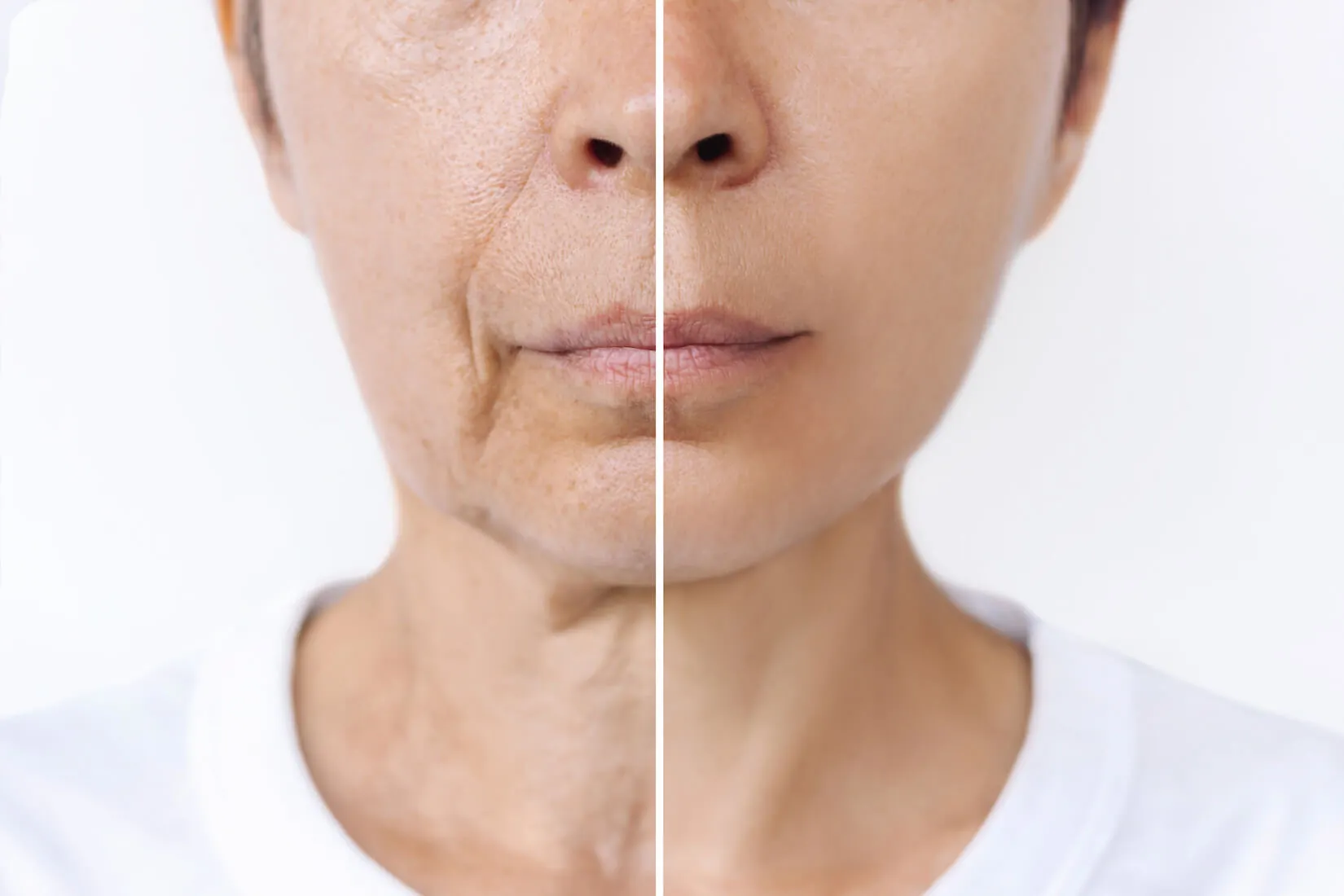Rhinoplasty surgery is a common procedure that improves the appearance and function of your nose. While many people are happy with their results, some experience post-operative rhinoplasty congestion or difficulty breathing. During a consultation, board-certified plastic surgeon Dr. Manish Shah can explore what to expect during rhinoplasty recovery and how to best manage any discomfort.
Shah Aesthetic Surgery is proud to be a leading resource for nose reshaping surgery in the South Denver area. Call now for an assessment and see why patients trust Dr. Shah for rhinoplasty surgery in Denver.
How does rhinoplasty surgery work?
Different rhinoplasty techniques are used to improve the shape of your nose and the underlying structures. For example, the bone and cartilage can be sculpted to create an aesthetically pleasing shape or open up the airways. Dr. Shah can achieve all kinds of goals with rhinoplasty, from refining the tip of your nose to correcting a deviated septum.
What happens during the rhinoplasty recovery timeline?
After rhinoplasty, your body needs time to recover and heal. This process varies among patients, but everyone can expect to swell and bruise around the eyes and mid-face. You may also experience some numbness, which should gradually improve over time.
Most people return to day-to-day activities within a week of nose reshaping surgery, but it can take up to a month before you feel back to normal. Our professionals at Shah Aesthetic Surgery recommend taking it easy and following all post-operative instructions to ensure a smooth and speedy rhinoplasty recovery in South Denver.
What can I do about rhinoplasty post-op congestion?
One of the most common complaints after rhinoplasty is post-operative congestion or difficulty breathing due to swelling. While rhinoplasty swelling and congestion are a normal part of the process, there are a few ways to ease the discomfort at home:
- Sleep in an elevated position: Try sleeping with a wedge pillow propped up under your head. Elevation reduces swelling and makes it easier to breathe.
- Apply a cool compress: Place a cold washcloth or ice pack on your forehead and cheeks for 20 minutes at a time. Cover the ice pack with a thin towel to avoid direct application to your skin.
- Use a saline spray: A saline nasal spray can wash away any irritants and keep your nose moist. This is especially helpful if your nose feels dry or irritated.
- Run a humidifier: Dry air can make congestion worse. By running a humidifier in your bedroom, you can add moisture to the air and feel comfortable again.
It is important to keep up your rhinoplasty aftercare. Not only to improve healing and preserve your results, but also to help alleviate the following post-rhinoplasty congestion.
How long does congestion last, and when should I see a doctor?
Post-operative congestion should improve on its own as your nose heals and the swelling eventually goes down. If you still experience significant post-rhinoplasty breathing problems after two months, or if it gets worse instead of better, call Shah Aesthetic Surgery for an appointment with Dr. Shah. We can assess your condition and see if there is anything else we can do to help.
Rhinoplasty Recovery for Congestion: Breathing Easy
Nose reshaping surgery can provide incredible results, but it is a big decision. If you are considering rhinoplasty in South Denver, call Shah Aesthetic Surgery to meet with board-certified plastic surgeon Dr. Manish Shah. We help you understand the risks and benefits of surgery so you are fully informed. Get started on your journey to better facial harmony with a rhinoplasty consultation in Denver today.







